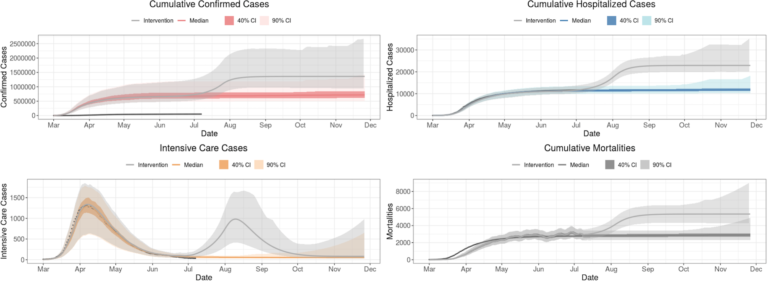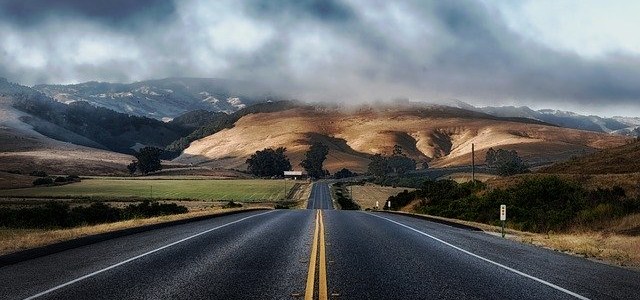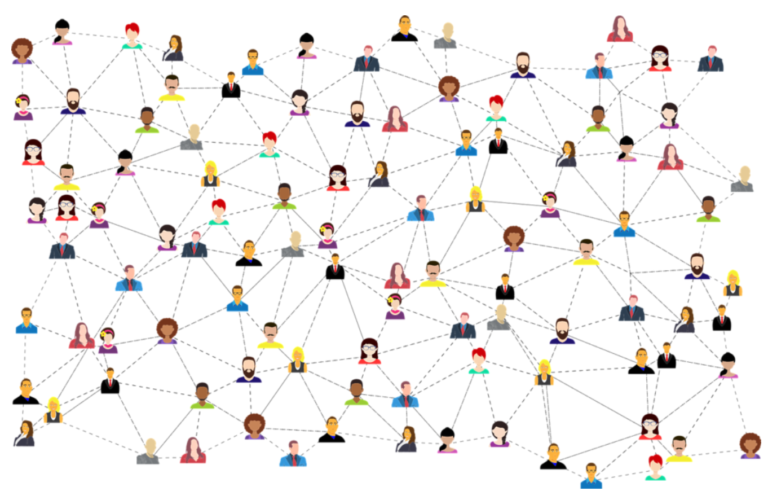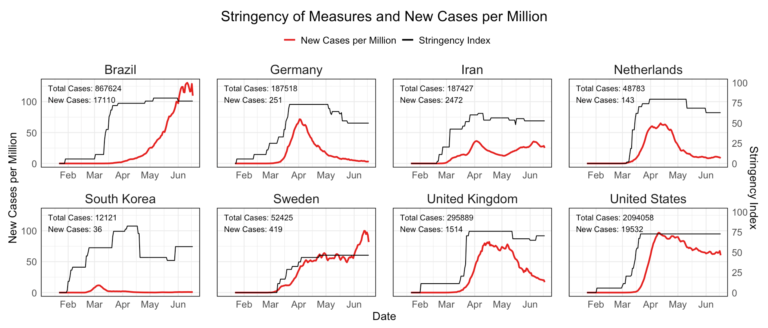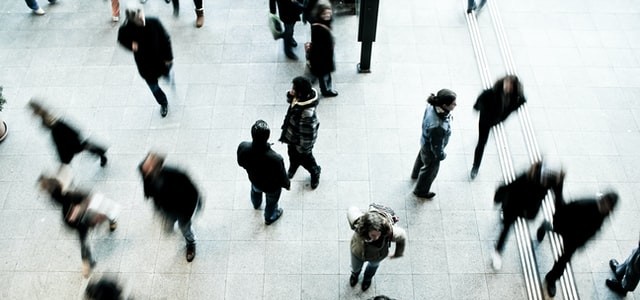
Fighting a pandemic is a joint effort; we cannot do it alone. Only if the majority of the community adheres to preventive behaviors, e.g., hand washing, social distancing, self-quarantining, can each individual person be safe. Thus, the COVID-19 pandemic shows characteristics of a social dilemma known as a public bad. Back in May, when we […]



